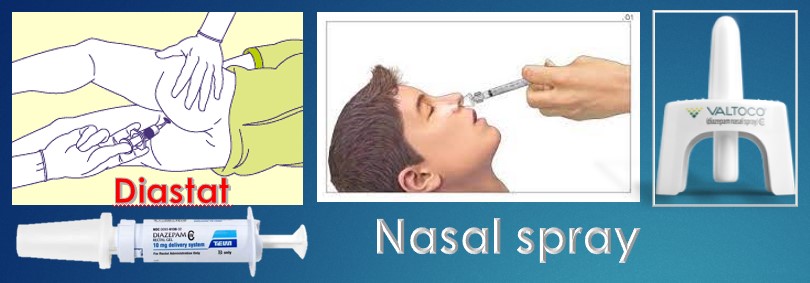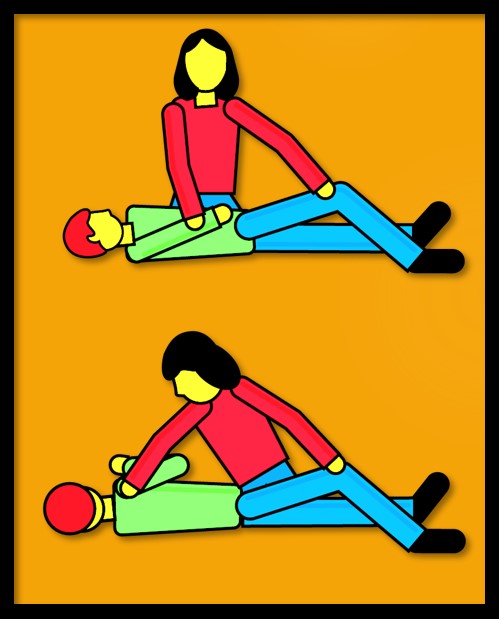
- Febrile means having a fever.
- Fever is a temperature of 100.4° F (38° C) or greater.
- A “febrile seizure” refers to a seizure/convulsion associated with a fever in a child.
- A febrile seizure can occur with any illness that causes fever, such as colds, influenza, or ear infection.
- The risk of febrile seizures may increase after some childhood vaccinations. The fever, not the vaccine, causes the seizure.
- Most febrile seizures happen in children between the ages of 6 months to 60 months (5 years).
- They occur in approximately 2 to 4 percent of children younger than five years of age.
- Febrile seizures are more likely to occur if there is a family history of febrile seizures. Researchers have linked several genes to susceptibility to febrile seizures.
- Febrile seizures can be frightening, but fortunately, they are usually harmless. Simple febrile seizures do not cause brain damage, intellectual disability, or learning disabilities, and they do not mean your child has a more serious underlying disorder.
- A child having a febrile seizure shakes all over and loses consciousness. Sometimes, the child may get very stiff.
Febrile seizures are classified as simple or complex:
- Simple febrile seizures: This most common type lasts from a few seconds to 15 minutes. Simple febrile seizures do not recur within a 24-hour period and are not specific to one part of the body.
- Complex febrile seizures: This type lasts longer than 15 minutes, occurs more than once within 24 hours, or is confined to one side of your child’s body.
Having a febrile seizure does not mean a child has epilepsy. But febrile seizures may carry an increased risk of developing epilepsy.
Risk for recurrent febrile seizures are:
- The febrile seizure resulted from a low-grade fever
- Family history of febrile seizure
- A child is younger than 18 months at the time of the first febrile seizure
- The febrile seizure was the first sign of illness
Most children do not require daily treatment with medication.
Febrile seizures cannot be controlled by controlling the fever. Giving Acetaminophen (Tylenol) or Ibuprofen (Advil) make your child comfortable, but it won’t prevent a seizure.
Simple febrile seizures usually do not require EEG and brain MRI.
In case of prolonged febrile seizure, medication can be used which terminates the seizure. Rectal diazepam (Diastat) or nasal midazolam might be prescribed to be used as needed for children who are prone to long febrile seizures (seizures that last longer than five minutes).

What to do when your child is having a seizure?
- Do not panic.
- Note the start time of the seizure. Record how long it lasts. If possible, videotape the seizure which can be very helpful to his doctor.
- Gently guide your child to the floor or a soft surface. Cushion the child’s head and remove sharp objects from the area around him or her.
- Place your child on his or her side to help prevent him or her from swallowing saliva or vomit.
- Loosen the clothing around your child’s head and neck.
- Remove any objects from your child’s mouth. Do not put anything in your child’s mouth. This may prevent him or her from breathing.
- Let your child sleep or rest after his or her seizure. He or she may be confused for a short time after the seizure. Do not give your child anything to eat or drink until he or she is fully awake.
- If his doctor has prescribed him a rescue medication to stop the seizure, use it as instructed.


Short but sweet……well explained..covering all points..
Interesting to read….can understand general people..thanks 👏🙏🏾😊
Thank you 🙂
Good to know information and very useful. Thank you
Thank you.